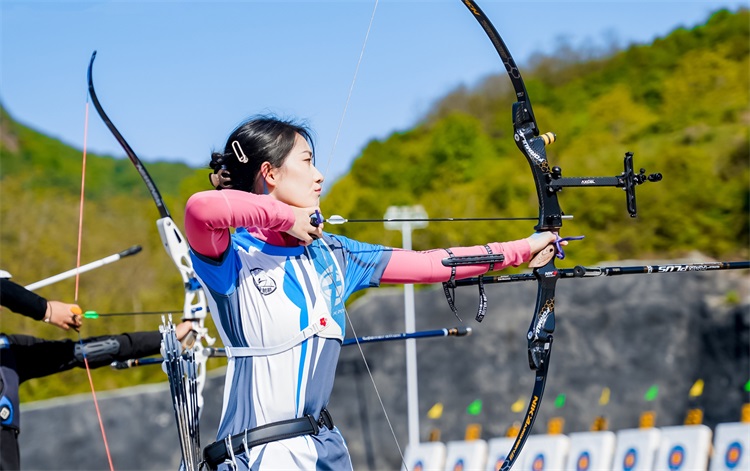
Archery as an ancient and elegant sport, its training process contains a wealth of scientific principles and techniques. The purpose of this paper is to discuss in depth the training characteristics of archery and how to improve the shooting skills and accuracy of athletes through scientific methods.
1. The core principle of archery The essence of archery lies in the deformation of the bow to generate elasticity, a process that not only involves the principle of converting elastic potential energy into kinetic energy in physics, but also requires the shooter to have precise power control and skills. The deformation of the bow is quickly converted into kinetic energy of the arrow, and the efficiency of this energy conversion process directly affects the initial velocity and flight trajectory of the arrow.
2. Competitive Archery and Accuracy The core of archery competition lies in accuracy, which requires the archer to strive for extreme accuracy in every shot. The competitive nature of archery is not only reflected in the pursuit of accuracy, but also in the test of the archer's psychological quality and stability.
3. Energy Conversion Mechanism of the Bow As the medium of energy conversion, the design and material selection of the bow are crucial to improving the efficiency of energy conversion. The elastic properties of the bow, such as modulus of elasticity and coefficient of recovery, directly affect the efficiency of energy conversion. An excellent bow can maximise the conversion of the archer's power into the kinetic energy of the arrow.
4. Characteristics of archery training Archery training is a sport that requires a high degree of precision in movements, which requires consistency, stability and co-ordination. During the training, the archer should seek to complete the archery action in the shortest possible time using the least amount of force, while maintaining the fluency and rhythm of the action.
5. The Importance of the Normality of Archery Movements and the Training Stage The normative movements of archery are designed according to the principles of human movement science, which require the archer to be precise and accurate in all aspects. In the primary training stage, the training of standardised movements is especially important to lay a solid foundation for the athletes.
6. Standardised procedures for technical movements The standardised procedures for technical movements include standing up, raising the bow, opening the bow and leaning against the string, leaning against the string and aiming, aiming and continuing to exert oneself, continuing to exert oneself and releasing, and holding back the movement. The training of these links helps to improve the accuracy and efficiency of shooting.
7. Coordination and Muscle Feeling in Training The importance of coordination in archery training cannot be overstated. The archer needs to learn how to control his power output so that he can achieve the best bowstring release timing and strength under different shooting conditions.
Conclusion
Archery training is a constant pursuit of precision and efficiency. Through a deeper understanding of the scientific principles and training techniques of archery, athletes can continue to improve their skills and achieve excellence in the arena.
Contact: Kelly yin
Phone: 15918632152
Tel: 0752-6920238
Email: [email protected]
Add: No.4 Lianxing Road,Shiwan Town,Boluo County,Huizhou Guangdong,China 516127
We chat
